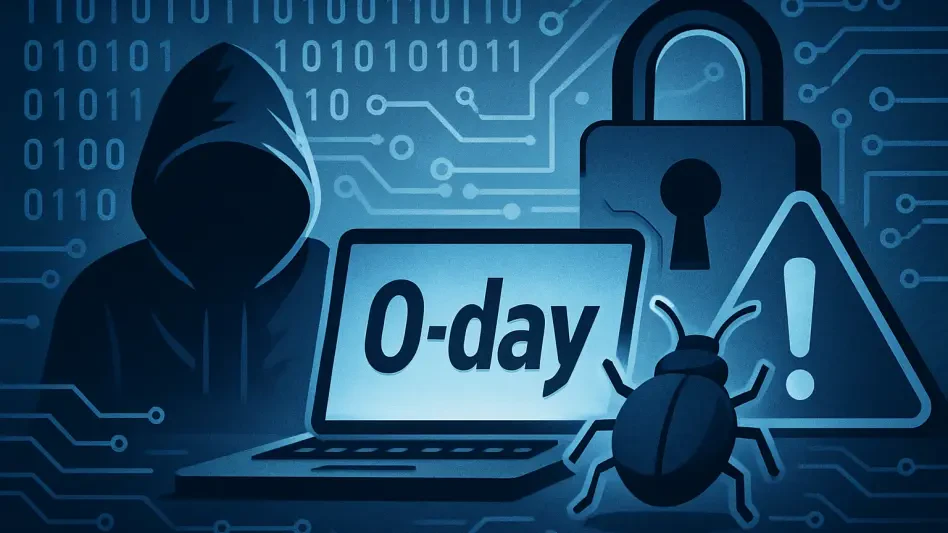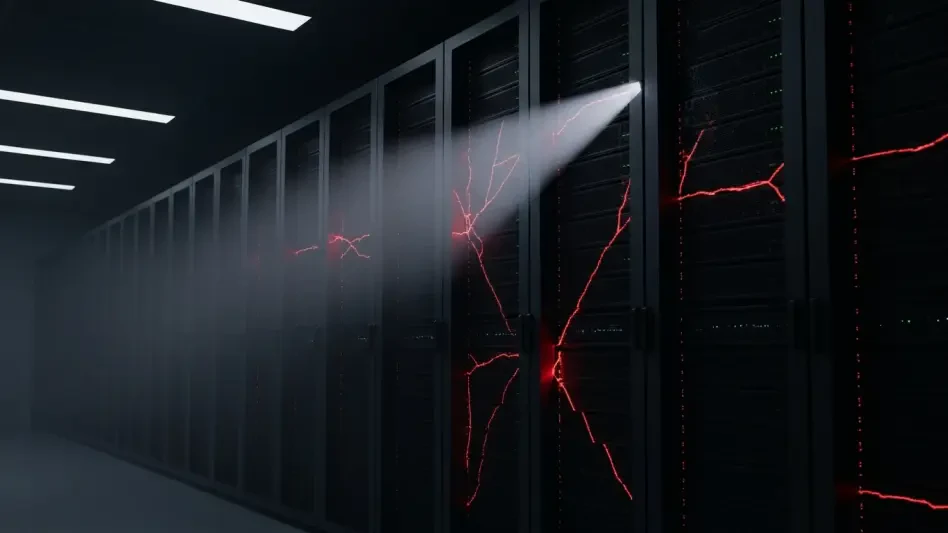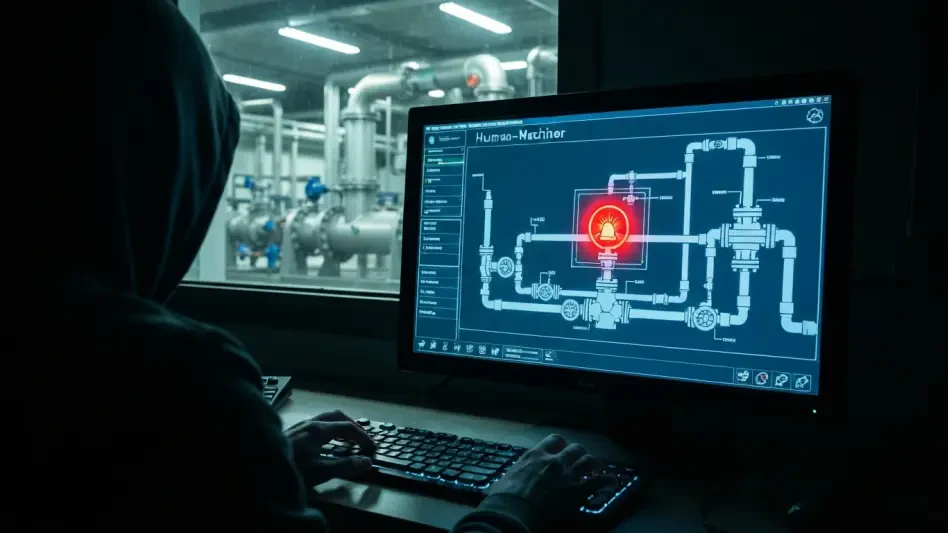Imagine a scenario where a core component of an enterprise’s defense system becomes the very gateway for attackers to infiltrate sensitive networks, creating a dire situation for businesses. This alarming reality has emerged with the discovery of two critical zero-day vulnerabilities in Trend Micro’s Apex One Management Console on Windows systems, identified as CVE-2025-54948 and CVE-2025-54987. These flaws threaten organizations using Apex One On-Premise (2019), Apex One as a Service, and Trend Vision One Endpoint Security, exposing them to severe risks.
The active exploitation of at least one of these vulnerabilities underscores the urgency for immediate action. With potential impacts ranging from remote code execution to devastating breaches like ransomware deployment, the stakes for enterprise security have never been higher. This guide aims to equip organizations with best practices to navigate this crisis, focusing on understanding the vulnerabilities, implementing mitigations, and preparing for future threats.
The discussion ahead will cover the nature of these critical flaws, the reasons for a swift response, detailed mitigation strategies, and broader implications for cybersecurity readiness. By following these best practices, businesses can safeguard their networks against exploitation and maintain resilience in an increasingly hostile digital landscape.
Why Rapid Response is Essential for Enterprise Security
The severity of command injection vulnerabilities in Trend Micro Apex One cannot be overstated. These flaws allow authenticated attackers to execute arbitrary code, potentially gaining control over critical systems. Given the high-level privileges that security software like Apex One holds, such vulnerabilities become prime targets for malicious actors seeking to penetrate corporate environments.
Delaying action amplifies the risk of catastrophic outcomes, including unauthorized access to sensitive data and disruption of operations. A prompt response can prevent remote code execution, protect vital network infrastructure, and thwart threats like cyber espionage or ransomware campaigns that could cripple an organization’s functionality.
Moreover, acting swiftly reinforces trust in security protocols among stakeholders and clients. By prioritizing immediate measures, enterprises not only mitigate current dangers but also demonstrate a commitment to robust cybersecurity, which is essential in maintaining operational integrity and reputation in a threat-laden environment.
Best Practices for Mitigating Apex One Zero-Day Vulnerabilities
Addressing these zero-day flaws requires a structured approach grounded in actionable strategies. The following best practices provide a roadmap for organizations to reduce exposure while awaiting comprehensive patches. Insights from Trend Micro, security researchers, and external advisories inform these recommendations to ensure relevance and urgency.
Understanding the technical aspects of the vulnerabilities is a critical starting point. Both identified flaws exploit insufficient input validation in the management console’s backend, enabling attackers to manipulate systems with potentially devastating consequences. Organizations must prioritize awareness of these risks and align their defenses accordingly to counter active exploitation attempts.
Collaboration with industry advisories, such as those from Japan’s JP-CERT, can further enhance response efforts. Staying informed about updates and leveraging community-driven insights ensures that mitigation strategies remain dynamic and responsive to evolving attack patterns, bolstering overall security posture.
Addressing CVE-2025-54948: Pre-Authenticated Remote Code Execution Threat
CVE-2025-54948 poses a significant danger by allowing pre-authenticated attackers to upload malicious code and execute commands with the privileges of the console process. This vulnerability opens the door to remote code execution, enabling attackers to compromise entire systems without initial authentication barriers.
To counter this threat, organizations should immediately restrict access to the management console, limiting it to trusted IP addresses or internal networks only. Implementing strict access controls can significantly reduce the attack surface while patches are being developed and deployed.
Additionally, monitoring for unusual activity within the console environment is crucial. Setting up alerts for unauthorized file uploads or unexpected command executions can help detect potential exploitation early, providing a window to respond before damage escalates.
Hypothetical Impact of Exploitation
Consider a scenario where an attacker exploits this flaw to infiltrate an enterprise network. By uploading malicious scripts, the intruder could deploy ransomware across critical servers, locking out access to essential data and demanding hefty payments for restoration, illustrating the dire need for preemptive measures.
Such an incident could cascade into operational downtime, financial losses, and reputational harm. This hypothetical case highlights why proactive steps to secure the management console are not just recommended but imperative for maintaining business continuity.
Tackling CVE-2025-54987: Expanding the Attack Surface Across Architectures
CVE-2025-54987 mirrors the command injection risk of its counterpart but targets a different CPU architecture, thereby broadening the scope of potential targets. This variation complicates defense efforts, as attackers can exploit architectural differences to tailor their attacks.
Organizations must ensure that mitigation strategies account for diverse system configurations within their environments. Conducting an inventory of all affected systems and understanding their specific architectures can help in applying targeted protections until a universal fix is available.
Regular communication with Trend Micro for updates on patch availability across architectures is also vital. Staying ahead of architecture-specific exploits requires vigilance and adaptability, ensuring no system remains a weak link in the security chain.
Example of Architectural Exploitation Risk
Envision an attacker identifying a subset of systems running on a less commonly patched architecture. By focusing efforts on this niche, the malicious actor could gain a foothold, using it as a pivot point to spread laterally across the network, emphasizing the need for comprehensive coverage in updates.
This example underscores the challenge of managing diverse IT environments under threat. It serves as a reminder that a one-size-fits-all approach falls short, and tailored defenses are necessary to address unique system characteristics effectively.
Implementing Current Mitigation Strategies and Patch Updates
Trend Micro has taken steps to address these vulnerabilities, releasing patches for Apex One as a Service and Trend Vision One Endpoint Security as of July 31. For on-premises versions, a patch is anticipated by mid-August, and organizations should prepare to deploy it immediately upon release.
In the interim, Trend Micro advises reviewing access policies to limit management console exposure. Restricting login capabilities to essential personnel and enforcing multi-factor authentication can serve as effective barriers against unauthorized access during this vulnerable period.
Continuous monitoring of official advisories from Trend Micro is recommended to stay updated on patch progress. Aligning internal update schedules with vendor timelines ensures that systems are fortified as soon as solutions become available, minimizing windows of opportunity for attackers.
Practical Temporary Mitigation in Action
Picture an organization that swiftly limits management console access to a select group of administrators via a secure VPN. This measure drastically cuts down external exposure, buying time for the IT team to test and roll out patches without immediate risk of breach.
This practical step demonstrates how temporary solutions can bridge the gap to permanent fixes. It also reflects a proactive mindset, showing that even small, deliberate actions can yield significant protection against sophisticated threats.
Final Thoughts on Strengthening Defenses Post-Crisis
Reflecting on the response to these zero-day vulnerabilities in Trend Micro Apex One, it becomes evident that rapid action and strategic planning are pivotal in curbing potential disasters. Enterprises that prioritized mitigation and stayed attuned to patch updates managed to shield their networks from active exploitation.
Looking ahead, the incident highlights the necessity of robust preparedness plans for future threats. Organizations are encouraged to invest in ongoing monitoring tools and foster collaboration with cybersecurity communities to anticipate and counter emerging risks effectively.
Ultimately, the path forward involves integrating lessons learned into long-term security frameworks. By embedding regular system audits, enforcing strict access controls, and maintaining agility in update deployment, businesses can position themselves to navigate the complex cybersecurity landscape with greater confidence and resilience.








